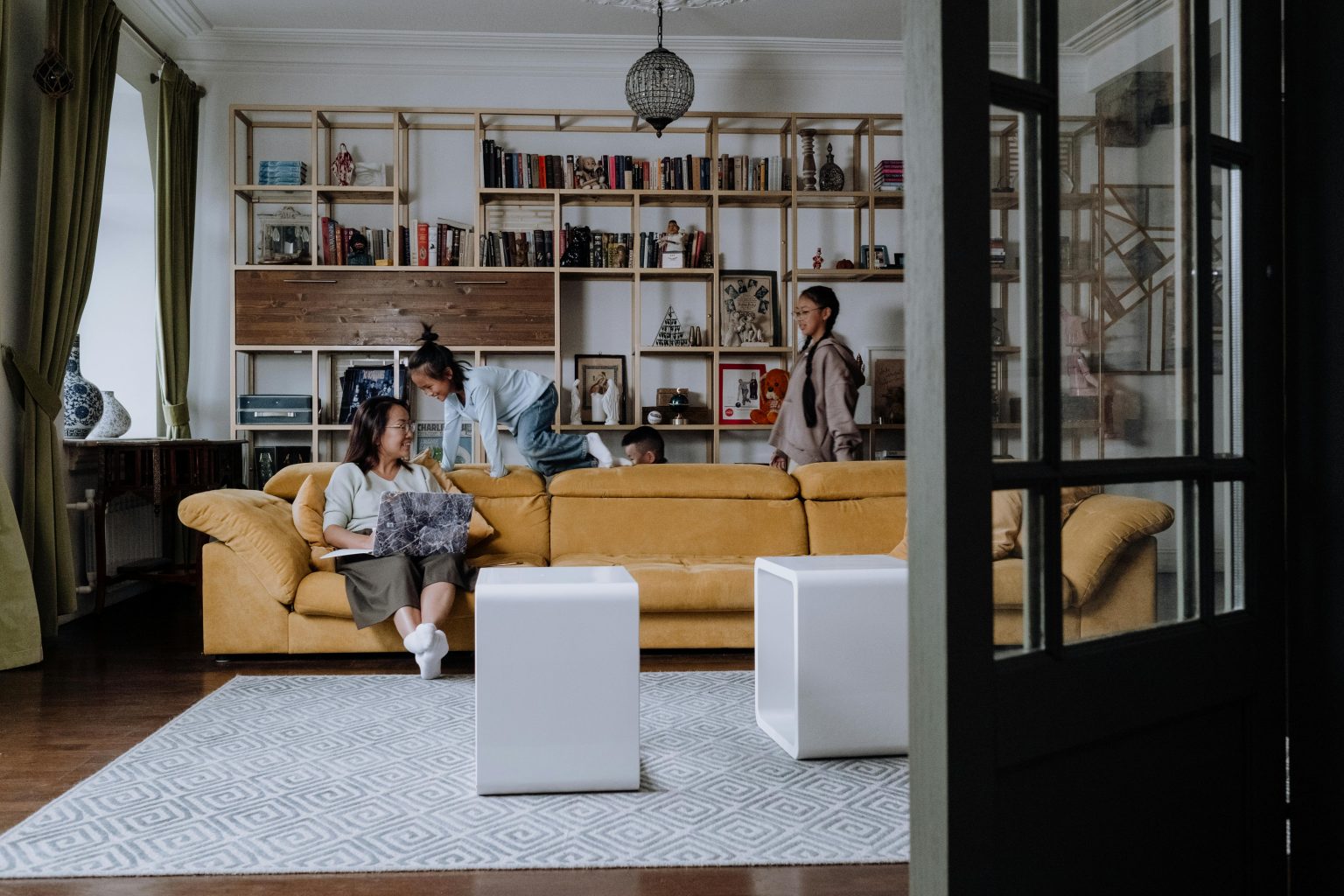Contrary to what some people may assume, children with ADHD are shaped not just by nature but also by nurture. According to experts, ADHD is a neurodevelopmental disorder that is characterized by patterns of hyperactivity, inattention, and impulsivity. Among children, this can interfere with critical aspects like studying and socializing that can influence development. As such, it’s important for parents to shape environments that can help children with ADHD find balance. Research suggests that ADHD can be caused by psychosocial and environmental factors.
Given that the living room is the heart of most homes, parents must ensure that this space is nurturing and engaging. To eliminate costly and tiring trial and error, here are some tips on creating the best living room for children with ADHD.
Find flexible seating
As mentioned above, kids with ADHD are prone to sudden bursts of energy. In a living room that feels too rigid, these bouts can make kids feel bored and restricted. Over time, this can lead to feelings of disengagement and self-consciousness, as children may feel like they don’t “fit in.” This is a dangerous feeling to have among kids at home since studies find that children who don’t feel nurtured and accepted at home are less likely to flourish in life.

With this in mind, start by anchoring your living room with a flexible seating solution. L-shaped couches are particularly ideal, as they are roomy and adaptable. Since these couches are sectional, you can literally configure them to suit your child’s moods and needs. Some couches even come with multiple modular pieces that can be added or removed as needed. Case in point, the Alana 5 Piece Modular L Shaped sectional comes with an ottoman that can double as an extra seat, as a footrest, or as a makeshift table. For kids with ADHD, having such a couch means enjoying it as a chaise for movie night, an armchair for study sessions, a bed for sleepovers, and much more whenever needed.
Optimize storage solutions
There’s a common misconception that kids with ADHD are messier. However, this isn’t so much a lack of interest in being tidy as it is a consequence of their inattention. This is why parents raising kids with ADHD may find that their children often leave a trail of discarded toys and half-eaten snacks. In a shared space like the living room, this can easily snowball into a severely cluttered area that is neither inviting nor interesting for anyone, least of all a child.
To prevent this, make the most of accessible storage solutions in your living room. This way, your child can continue to explore their interests in your family living room, but now you’re saved the hassle of a messy cleanup later. So as to make organization easy for your child, use labeled bins. Clear ones, such as IKEA’s SAMLA bins, make it easy for kids to see where things should go at a glance, meaning they don’t need to spend too much time figuring out how to sort things. Since clear bins are also visually streamlined, you don’t have to worry about them clashing with your home decor. Aside from using these bins to hold your child’s items, you can use them to house things for family activities, like game boards or movies. This makes bonding even easier and more exciting. As they get older, the practice of regularly using these bins can even improve their organizational skills.
Use warm lights
Finally, you want to keep things visually soothing, so stick to warm light sources. In a living room, a soft golden light can keep a child calmer, given that studies on The Lightbulb Company explain that many with ADHD have hypersensitivities. In some people with ADHD, their photophobia can be so severe that it triggers anxiety and migraines. Obviously, a child will not want to hang out where they feel ill or at ease.
If you don’t want to commit to just fully warm lightbulbs, try using a dimmer instead. With these, you can easily adjust the temperature of your light sources as preferred. With this, you can make lights brighter for more detailed work and softer for casual activities or when your child is around. Some brands, like Wemo, even have smart light dimmers. This enables you to control your lights remotely, so you can ensure your child is comfy at home no matter where you may be.



